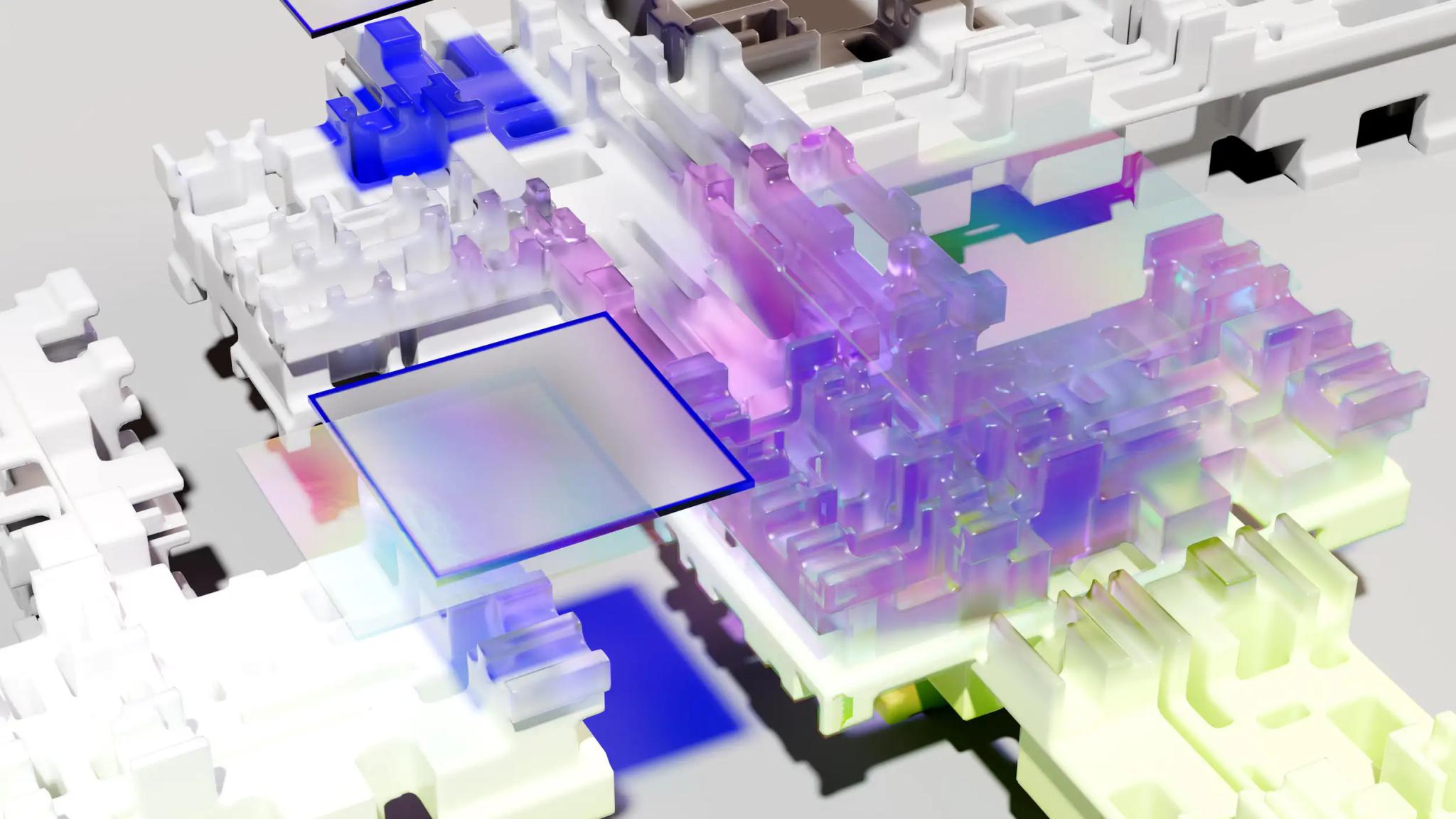

Data Visualization
Data Visualization courses
The growing reliance on data highlights the burgeoning career opportunities in this field, requiring a blend of analytical, creative, and technical skills. Learning data visualization involves mastering data analysis, design principles, and relevant tools through practical projects and continuous learning. Programs like neue fische offer comprehensive training in data visualization, emphasizing hands-on, project-based learning to prepare participants for successful careers in this dynamic field. In this article, we delve into the world of Data Visualization, highlighting the importance, prerequisites, skills, tools, techniques, and ethics integral to mastering this discipline, and the online courses in Data Visualization offered by neue fische in 2024.
What is Data Visualization?
Data Visualization is the graphical representation of information and data. By using visual elements like charts, graphs, and maps, data visualization tools provide an accessible way to see and understand trends, outliers, and patterns in data. In today's data-driven world, data visualization is a critical skill, blending the science of technical data analysis with the art of visual communication. Effective data visualization helps users in analyzing and reasoning about data and evidence. It makes complex data more accessible, understandable, and usable.
Why is Data Visualization Important?
The importance of data visualization cannot be overstated. It enables decision-makers to see analytics presented visually, so they can grasp difficult concepts or identify new patterns. With interactive visualizations, you can take the concept a step further by using technology to drill down into charts and graphs for more detail, interactively changing what data you see and how it's processed. Data visualization is a quick, easy way to convey concepts in a universal manner – and you can experiment with different scenarios by making slight adjustments.
Categories in Data Visualization
Data visualization encompasses a variety of techniques divided into categories based on their function and form. The main categories include:
Informational Visualizations: Aimed at conveying specific, targeted messages to the audience.
Exploratory Data Analysis: Used by data scientists to discover insights and trends within the data.
Operational Dashboards: Focus on monitoring real-time data to track business processes.
Data Visualization Techniques
Data visualization techniques are crucial tools in the visualization process, enabling the transformation of raw data into a clear understanding of the information it represents. Techniques range from simple bar and line charts to more complex bubble charts and heat maps. Choosing the right technique depends on the nature of the data and the story you want to tell. Effective use of these techniques can reveal insights that text-based data cannot, making data visualization an indispensable part of data analysis and decision-making.
Tools for Data Visualization
There are several tools available for data visualization, catering to different needs and skill levels. From sophisticated software like Tableau and Microsoft Power BI, which offer extensive functionalities for complex analyses, to more straightforward tools like Google Charts for basic visualizations. Python libraries such as Matplotlib and Seaborn are also popular among data scientists for creating static, animated, and interactive visualizations in Python. These tools make the process of converting large and complex datasets into accessible and understandable visual representations easier.
Applications of Data Visualization
Data visualization has a wide range of applications across various industries. It's used in business intelligence to help companies make informed decisions, in finance to track market trends, in health care for medical data analysis, and in many other fields. Big Data Visualization, in particular, deals with the challenges of visualizing large data sets, enabling insights that can lead to improved decision-making and operational efficiencies. The application of machine learning algorithms in conjunction with data visualization tools can further enhance the ability to predict and understand complex patterns within the data.
Data Visualization and Big Data
Data visualization and Big Data are intertwined fields, where the visualization acts as the bridge between complex, voluminous data sets and actionable insights. In today's data-driven world, the ability to visually interpret and communicate Big Data is paramount. Effective data visualization transforms intricate data sets derived from Big Data analytics into understandable, visually appealing formats, enabling stakeholders to grasp difficult concepts and make informed decisions swiftly. This process leverages various tools and technologies to handle and interpret data from diverse sources, showcasing patterns, trends, and correlations that might not be evident from raw data. As Big Data continues to grow in both volume and complexity, the demand for sophisticated data visualization solutions escalates, underscoring its critical role in business intelligence, market analysis, and beyond.
Careers in Data Visualization
Careers in data visualization are burgeoning, reflecting the increasing importance of data in decision-making processes across industries. Professionals in this field are tasked with converting complex data sets into graphical formats that are both accessible and engaging to non-expert audiences. A career in data visualization offers a plethora of opportunities, ranging from data analysts and visualization specialists to business intelligence consultants and UI/UX designers specializing in data-driven interfaces. These roles require a blend of analytical skills, creative design, and a deep understanding of the audience's needs. With the explosion of Big Data, the expertise to visually communicate data insights is more valuable than ever, paving the way for rewarding careers that bridge the gap between data science and visual storytelling.
Skills Needed for Data Visualization
Mastering data visualization demands a unique set of skills that blend technical proficiency with creative design. Key technical skills include a solid understanding of data analytics, proficiency in data visualization tools (such as Tableau, Power BI, or D3.js), and knowledge of programming languages relevant to data manipulation (like Python or R). Equally important are strong analytical skills to interpret data accurately and critical thinking to derive meaningful insights. On the creative front, a keen eye for design, understanding of color theory, and ability to tell compelling stories through visual formats are essential. Additionally, effective communication skills are crucial for presenting findings to both technical and non-technical audiences. As data becomes increasingly central to organizational strategies, these skills are indispensable for professionals aiming to excel in data visualization.
How to Learn Data Visualization
Learning data visualization involves understanding the process of translating complex data sets into visual formats that make the information easily digestible and actionable for a wide audience. Start by familiarizing yourself with the basics of data interpretation and the principles of design. It's essential to grasp color theory, contrast, and balance to create compelling visuals. Tools such as Tableau, Microsoft Power BI, and Python libraries like Matplotlib and Seaborn are fundamental in this journey. Engage in hands-on projects to apply what you've learned in real-world scenarios. Online courses, workshops, and tutorials are invaluable resources for beginners and advanced learners alike. Additionally, participating in community forums and attending webinars can enhance your skills through peer learning and expert advice. By dedicating time to practice and continuous learning, anyone can master the art of data visualization, turning complex data sets into clear, intuitive visual stories.
Data Visualization with neue fische
Data Visualization with neue fische offers an innovative approach to mastering the art of presenting data in visually engaging and informative ways. This program is designed to equip participants with cutting-edge skills in data analysis and visualization, leveraging tools like D3.js, Tableau, and Python’s visualization libraries. neue fische emphasizes practical, project-based learning, allowing students to work on real-life data sets, solving actual problems while building a robust portfolio. The curriculum is meticulously crafted to cater to both beginners and seasoned professionals looking to enhance their expertise in visual data communication. Small class sizes ensure personalized attention, fostering an environment where students can thrive and innovate. Mentors with industry experience guide learners through the nuances of data storytelling, ensuring they emerge as proficient data visualization specialists. Graduating from neue fische not only amplifies your skill set but also significantly boosts your career in the data-driven world.
FAQs about Data Visualization
Absolutely! Data visualization is a foundational skill in data science that can be understood by beginners. Many tools and techniques are designed with user-friendliness in mind.
Tools like Tableau, Microsoft Power BI, and Python libraries (e.g., Matplotlib, Seaborn) are highly recommended. The choice depends on your specific needs and level of expertise.
Regular practice is key. Try to incorporate data visualization exercises into your daily or weekly study routine, focusing on different data sets and visualization techniques.
Avoid overcomplicating your visualizations, misrepresenting data, ignoring your audience's knowledge level, and neglecting the story you want your data to tell.
Data visualization helps stakeholders quickly understand data insights, trends, and patterns, enabling informed decision-making by presenting complex data in a digestible format.
While not strictly necessary for all tools, coding knowledge, especially in languages like Python or R, greatly expands your capabilities in creating customized and complex visualizations.
The learning time varies depending on your background and the tools you choose to learn. Basic visualization skills can be acquired in a few weeks, while mastering advanced techniques may take several months or more.
No, data visualization is a crucial skill across many roles, including business analysts, marketing professionals, journalists, and anyone who needs to communicate data effectively.
Data visualization is a key step in exploring and presenting the outcomes of machine learning models and big data analytics, helping to interpret complex results and gain insights.
Follow relevant blogs, join professional networks and forums, attend workshops and conferences, and participate in online courses and webinars to stay current with the latest trends and tools.

Interesting learning opportunity
Curious about our other bootcamps?

Data Science Catalogue
Popular Data Science Skills
Learn at one of our campuses
Our locations

Hamburg
Loft feeling in Hamburg: use our location to take part in the lessons. A modern kitchen awaits you, as well as fast WiFi.
Discover HamburgMunich: the Werksviertel
You can spread out in our coworking office. Enjoy the quiet learning atmosphere and fast WIFI.
Munich: the WerksviertelFrankfurt: Osthafen Campus
Gude! Our Osthafen Campus offers you a great learning opportunity and great breaks. Use the roof terrace and let your gaze wander over Frankfurt.
Discover Frankfurt
What are you waiting for?
Our Student Admissions team is happy to speak with you and answer any of your questions.
Our Students Say
The first step into your new future has been taken. We have sent you an email to arrange a conversation with you. Please check your email inbox or schedule an interview directly:


